May 24, 2025 | 10:17 GMT +7
May 24, 2025 | 10:17 GMT +7
Hotline: 0913.378.918
May 24, 2025 | 10:17 GMT +7
Hotline: 0913.378.918
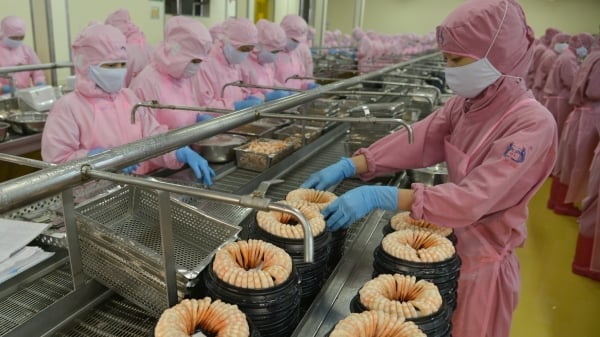
Japan's maximum acceptance threshold for the Doxycycline indicator in imported seafood is 10 times stricter than the maximum acceptance thresholds of many other markets.
According to the Vietnam Association of Seafood Exporters and Producers (VASEP), reflections of businesses exporting shrimp to the Japanese market show that there is currently a major inadequacy related to the Doxycycline antibiotic indicator in seafood imported into Japan.
Specifically, regarding the Doxycycline antibiotic indicator, Japan's regulation is said to be "too strict" compared to the acceptance thresholds of many other markets. This is causing great difficulties and disadvantages for Vietnamese seafood exports to Japan because this antibiotic is still allowed to be used in aquaculture in Vietnam.
According to preliminary research by VASEP and businesses, currently, many markets do not ban the use of the Doxycycline antibiotic (belonging to the Tetracycline group) in aquaculture and do not test the residue of this antibiotic in farmed aquatic products imported.
Some markets, such as the EU, China, and New Zealand, test this indicator, but all stipulate the allowable maximum residue limit (MRL) of 100 ppb. This is considered an appropriate level, with a risk assessment, that Vietnam's strictly controlled farmed seafood can fully meet.
However, Japan has only regulated the MRL level of Doxycycline in products of the Perciformes ordo at 50 ppb and has not regulated the MRL level for other aquatic products. According to Japan's current regulations, for chemical and antibiotic indicators, there is no MRL-level regulation on a general limit of 10 ppb (Uniform limit) that will be applied to these indicators. This means that Japan's maximum acceptance threshold for the Doxycycline indicator in imported seafood is 10 times stricter than the maximum acceptance thresholds of many other markets.
Therefore, VASEP has just sent an official dispatch to the Ministry of Agriculture and Rural Development, requesting the Ministry to consider and give opinions to Japanese authorities so that the Japanese side can issue regulations on the allowable maximum limit (MRL) for the Doxycycline antibiotic that is equal to the level of other markets such as the EU, China, and New Zealand.
Japan has been one of Vietnam's three largest seafood import markets for many years. In 2023, Japan was the second-largest market for Vietnamese seafood, with a seafood export value to this market of USD 1.516 billion.
Translated by Thu Huyen
/2025/05/22/5250-1-184853_288.jpg)
(VAN) According to a representative from the Central Retail Vietnam, Vietnamese products such as seafood, sweet potatoes, dragon fruit, coffee, and spices hold great potential in the Thai market.
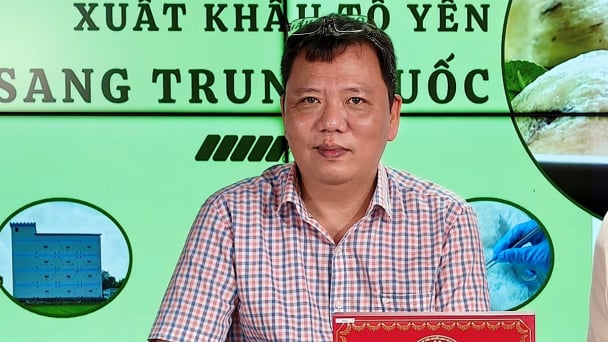
(VAN) A multi-channel, multi-directional strategy only works when the agricultural value chain meets global transparency and SPS standards.
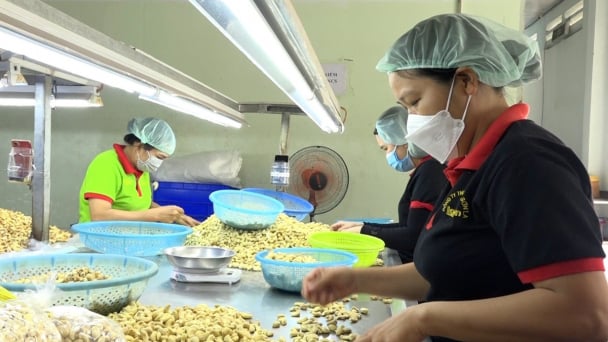
(VAN) Market expansion is a matter of survival for Vietnamese businesses amid fierce competition and global supply chain fluctuations.
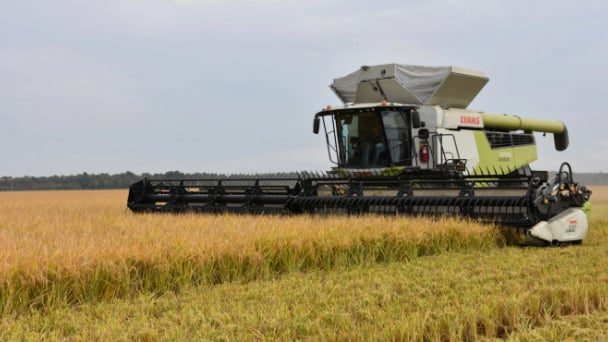
(VAN) Global market prospects for U.S. long-grain rice for the upcoming marketing year.
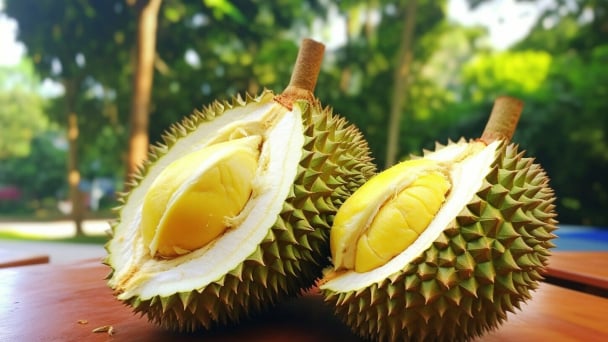
(VAN) China’s General Administration of Customs started permitting fresh durian shipments from Cambodia after a phytosanitary protocol was signed with the Cambodian Ministry of Agriculture in late April.
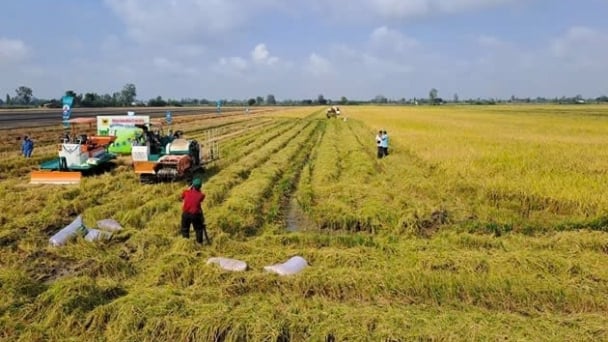
(VAN) To operate carbon market, one of the key issues is determining which types of 'commodities' meet the standards to be traded on the market.
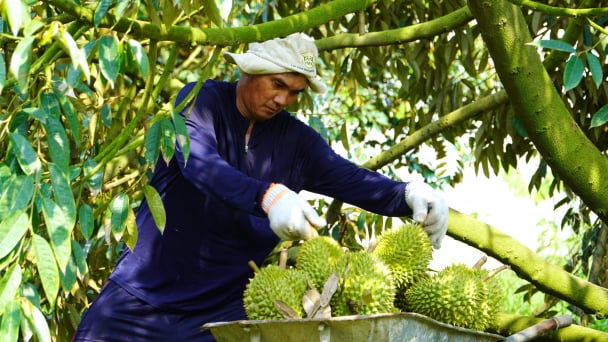
(VAN) Durian-producing localities need to coordinate more effectively with central authorities to improve the traceability, monitoring, and response systems in case of violations.